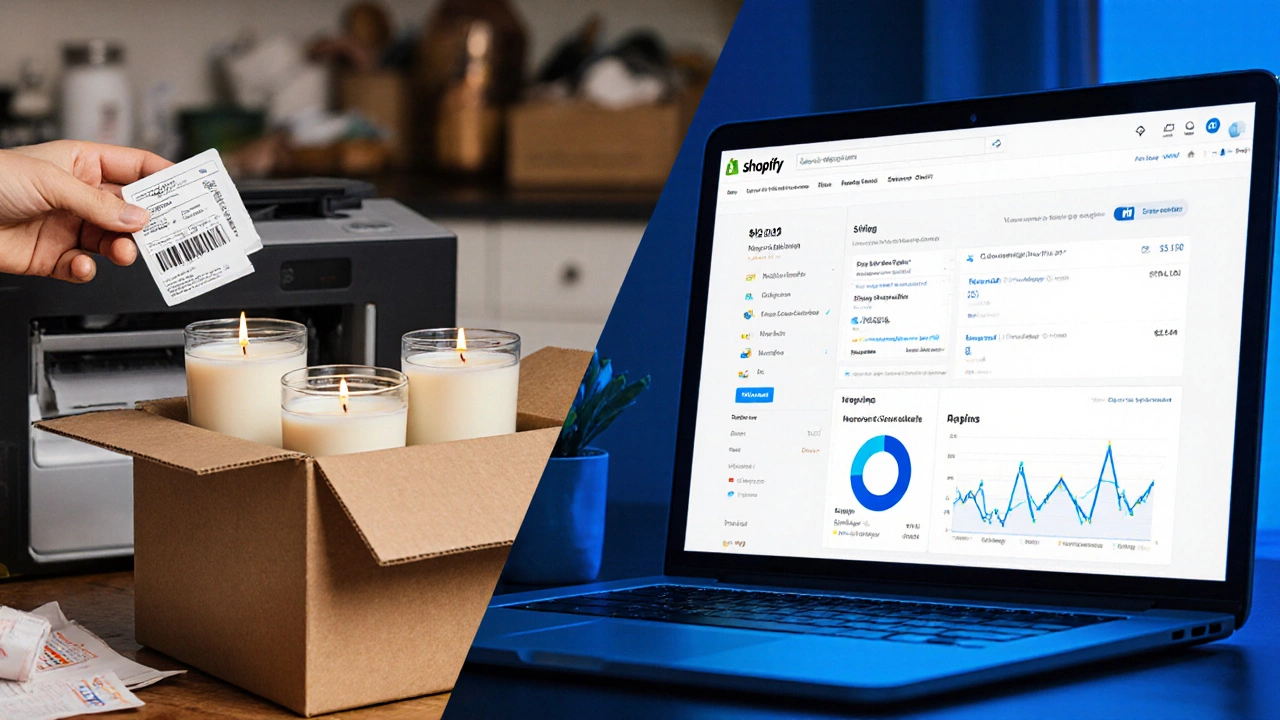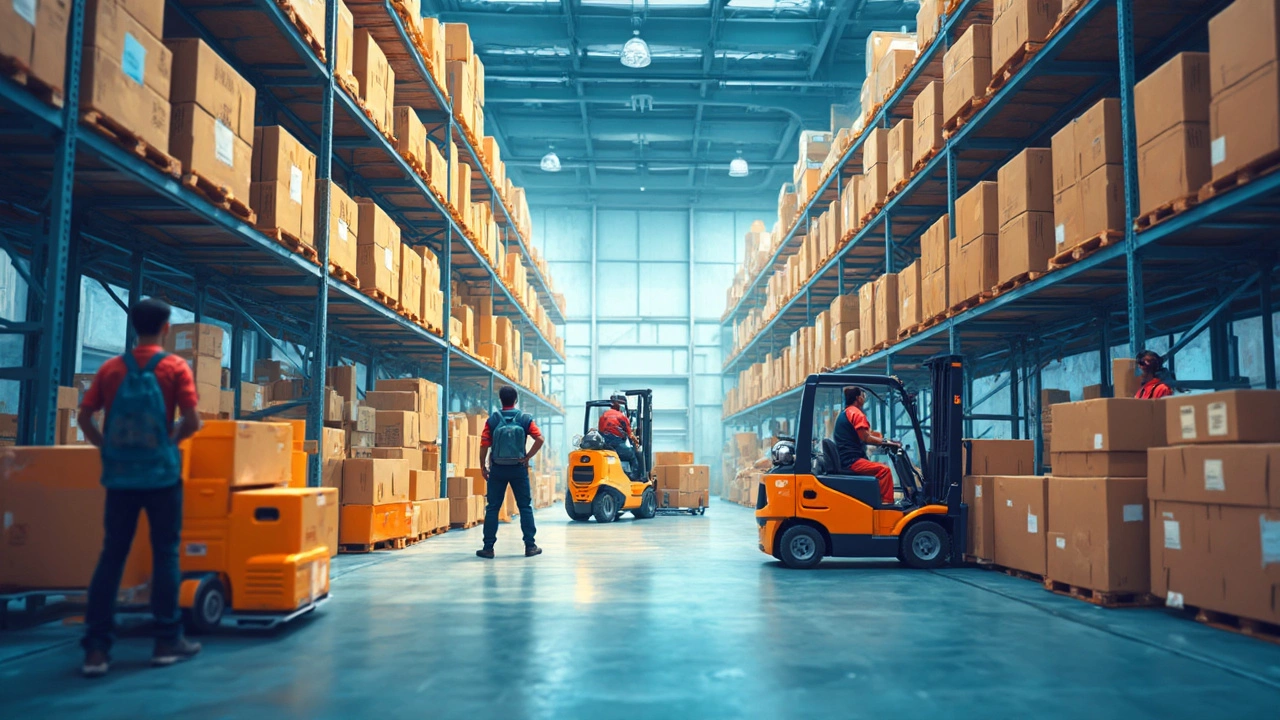E‑Commerce Logistics Made Simple
If you run an online store, you know that getting a product from your warehouse to a customer’s door is the heart of the business. Good logistics means happy customers, fewer returns, and a better bottom line. In this guide we’ll break down the most useful ideas from our e‑commerce tag, from figuring out shipping costs to picking the right partner for fulfillment.
How Shipping Costs Are Calculated
Every time you see a shipping quote, a few key factors are at work: package weight, dimensions, distance, service level, and any extra fees for insurance or special handling. Our post How Courier Prices Are Calculated - Full Breakdown walks you through each of these pieces with real‑world examples. For instance, a 2 kg box shipped locally with a standard courier may cost far less than the same box sent overseas via an express service.
One trick to lower costs is to pack smarter. Reducing the package size even by a few centimeters can drop the dimensional weight calculation and save you money. Also, compare rates from multiple couriers – sometimes a regional carrier beats the big names on short‑haul routes.
Choosing the Right Logistics Partner
Not all logistics providers are built the same. Some act as a traditional 3PL, handling storage and last‑mile delivery, while others offer 4PL services that manage the whole supply chain for you. Our article Is Amazon a 3PL or 4PL? Clear Answer, Examples, and 2025 Decision Guide explains the difference and helps you decide which model fits your business size and growth plans.
If you’re just starting out, a simple fulfillment service that picks, packs, and ships orders may be enough. As you scale, consider a partner that provides real‑time tracking, automated inventory updates, and integration with your e‑commerce platform. The right partner will also give you access to bulk shipping discounts and faster cut‑off times for next‑day delivery.
Another angle is e‑logistics – the digital side of shipping that uses software to optimize routes, predict delivery windows, and reduce errors. Our post E Logistics Explained: How Electronic Logistics Powers Fast Delivery and Smart Warehousing shows how a good tech stack can turn a chaotic operation into a smooth, data‑driven process.
Remember to look at the full cost picture: storage fees, pick‑and‑pack labor, returns handling, and any hidden surcharges. A provider that seems cheap upfront might charge extra for things like pick‑up scheduling or customs paperwork.
Putting these pieces together – clear cost calculation, smart packaging, and a well‑matched logistics partner – will give your e‑commerce business the speed and reliability customers expect. Keep experimenting, track your metrics, and adjust as you grow. The right logistics strategy can be the difference between a one‑time buyer and a repeat customer.







